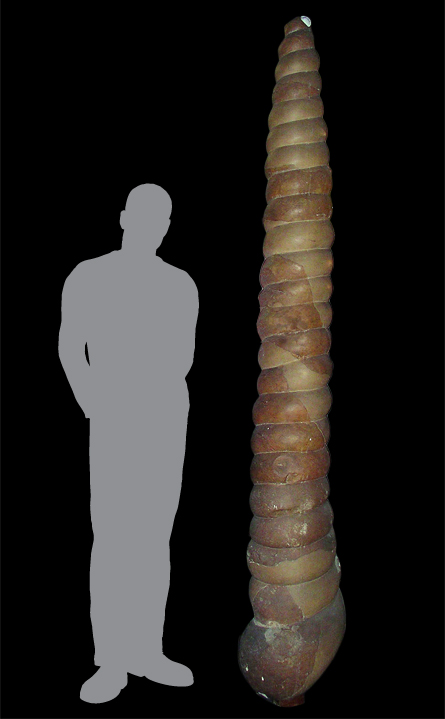Earth/Environment
So much for the man-sized snail, plus Indonesia’s quake risk, overheated reefs and more in this week’s news

Every print subscription comes with full digital access
So much for the man-sized snail, plus Indonesia’s quake risk, overheated reefs and more in this week’s news

Subscribers, enter your e-mail address for full access to the Science News archives and digital editions.
Not a subscriber?
Become one now.